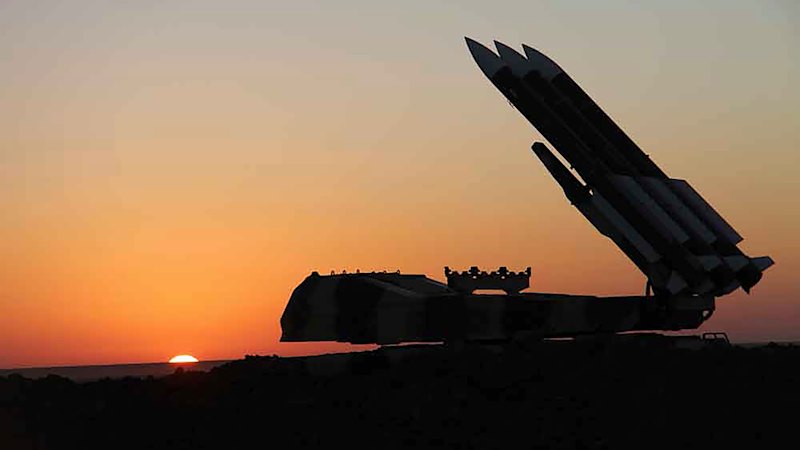The ‘huge problem’ that could stop Iran hitting the US where it hurts

“Iran has many ways of imposing pressure on the West and the international community writ large,” Carl said in an interview before the strike on the three nuclear sites.
US officials said Iran would probably use its bases in the southern part of the country to launch missile attacks on US bases in the Persian Gulf.
The fighting has strained Israel’s supply of missile interceptors and Iran’s capacity to attack.
When the war began, Iran had some 2000 long and mid-range weapons, one of the largest collections in the region, according to Israeli officials. US officials have generally accepted that estimate. It is not clear how much of Iran’s arsenal remains. The country has fired off hundreds of missiles, and Israel has damaged sites where they are stored.
Israel’s strikes on missile launchers have been even more significant, limiting Iran’s ability to fire missiles and large-scale barrages, US officials and outside experts said. Israel’s campaign has also hurt Iran’s ability to co-ordinate attacks, according to experts and Israeli officials.
US bases in the Middle East are protected by missile defences, and Iran would likely have to fire a large co-ordinated barrage of missiles to penetrate them.
Carl said Iran’s capacity to fire large numbers of missiles was increasingly limited. At least half of Iran’s launchers had been destroyed.
“As you begin to whittle away at the launchers, the Iranian ability to summon these large volumes of missile fire is diminished,” Carl said. “And that is a huge problem for Iran.”
The Israeli attacks have forced Iran to change its tactics and operations. Carl said that in response to Israel’s strikes on missile crews preparing to launch weapons, Iran appeared to be trying to launch missiles more quickly.
“The Iranians appear to be accelerating their launch timeline,” Carl said. “That means it is harder to co-ordinate large-scale attacks across the country.”
Key weaknesses in Iran’s arsenal were revealed in attacks on Israel last year. Israeli and US air defence proved adept at intercepting missiles. Iranian targeting is imperfect, and many missiles miss their targets. Quality control problems have led to significant numbers of malfunctions.
To overcome those problems, Iran needs to be able to fire large numbers of missiles simultaneously. But as long as Israeli pressure on launch sites continues, experts say, Iran will struggle to fire large barrages, which could limit its ability to retaliate against US bases.
US missile defences – ranging from Patriot batteries to Aegis destroyers – have the capacity to defend military bases in the region. Those defences will be more effective against small barrages of weapons.
Iranian officials have said that US bases in Iraq would probably be their first targets, either with a direct missile strike or by rockets or drones fired by pro-Iran militias. Iran may not want to strike US bases in Arab countries, but that calculation would probably change after the US attacks on Iran’s underground Fordow nuclear site, and other sites in Natanz and Isfahan, US officials said.
This article originally appeared in The New York Times.
Get a note directly from our foreign correspondents on what’s making headlines around the world. Sign up for our weekly What in the World newsletter.





